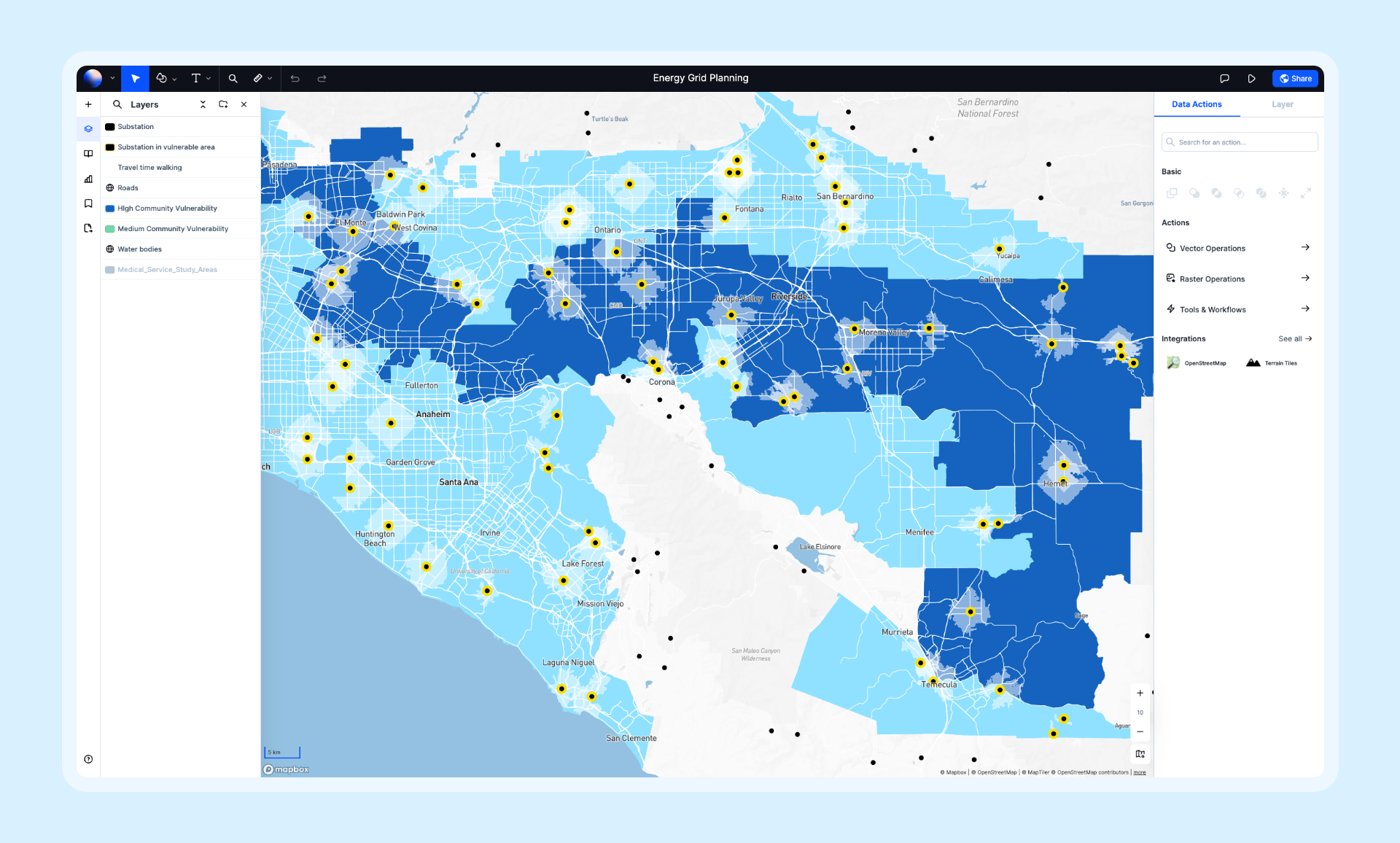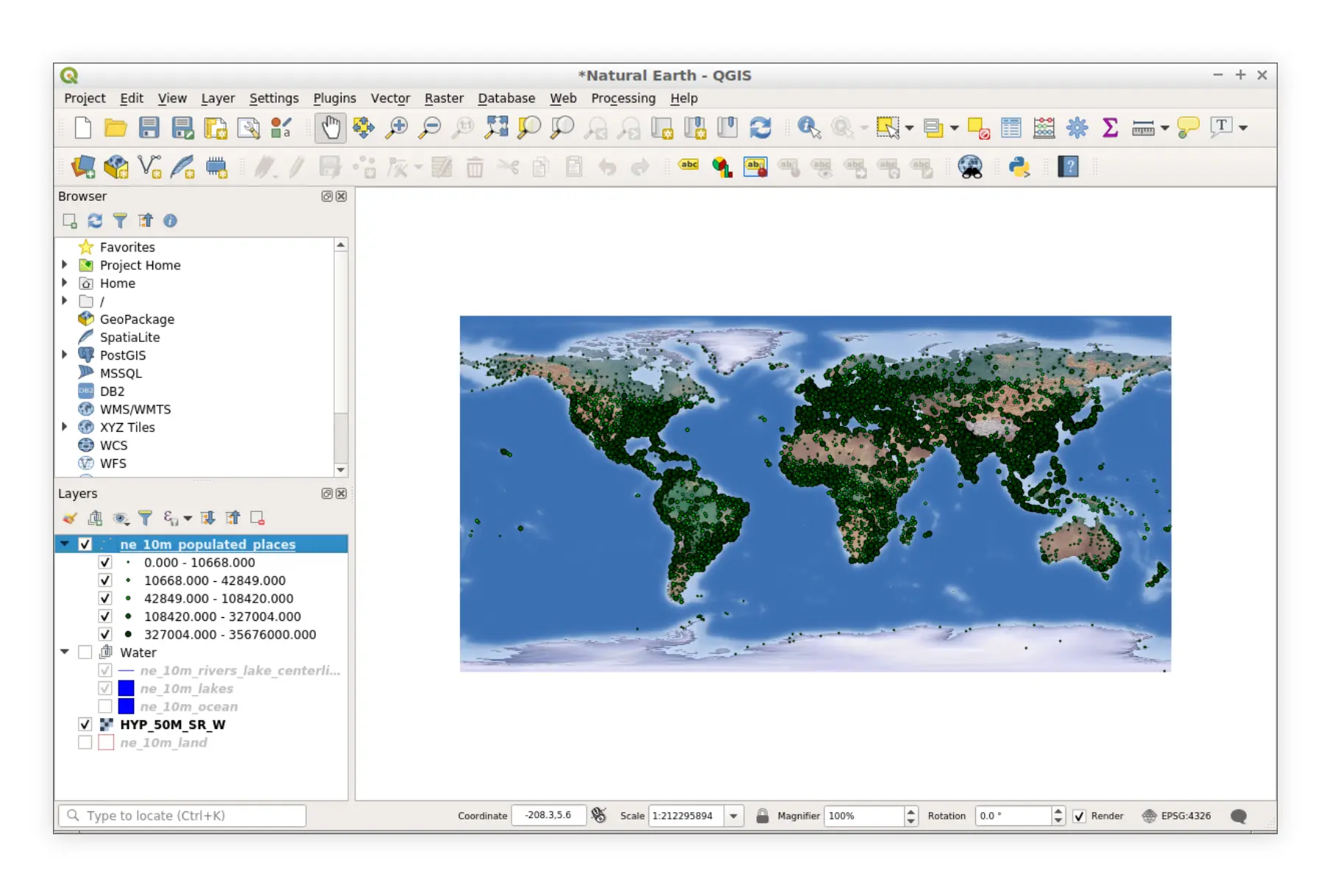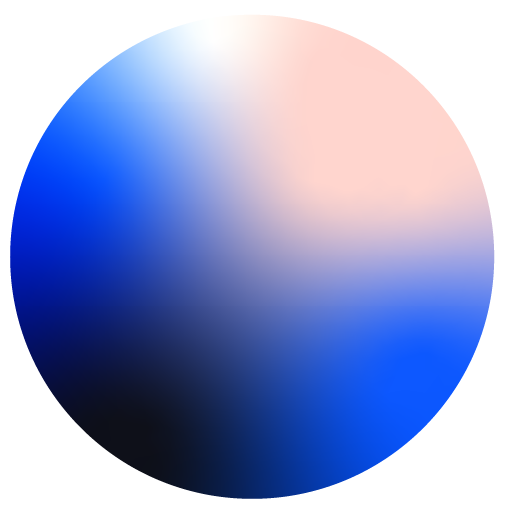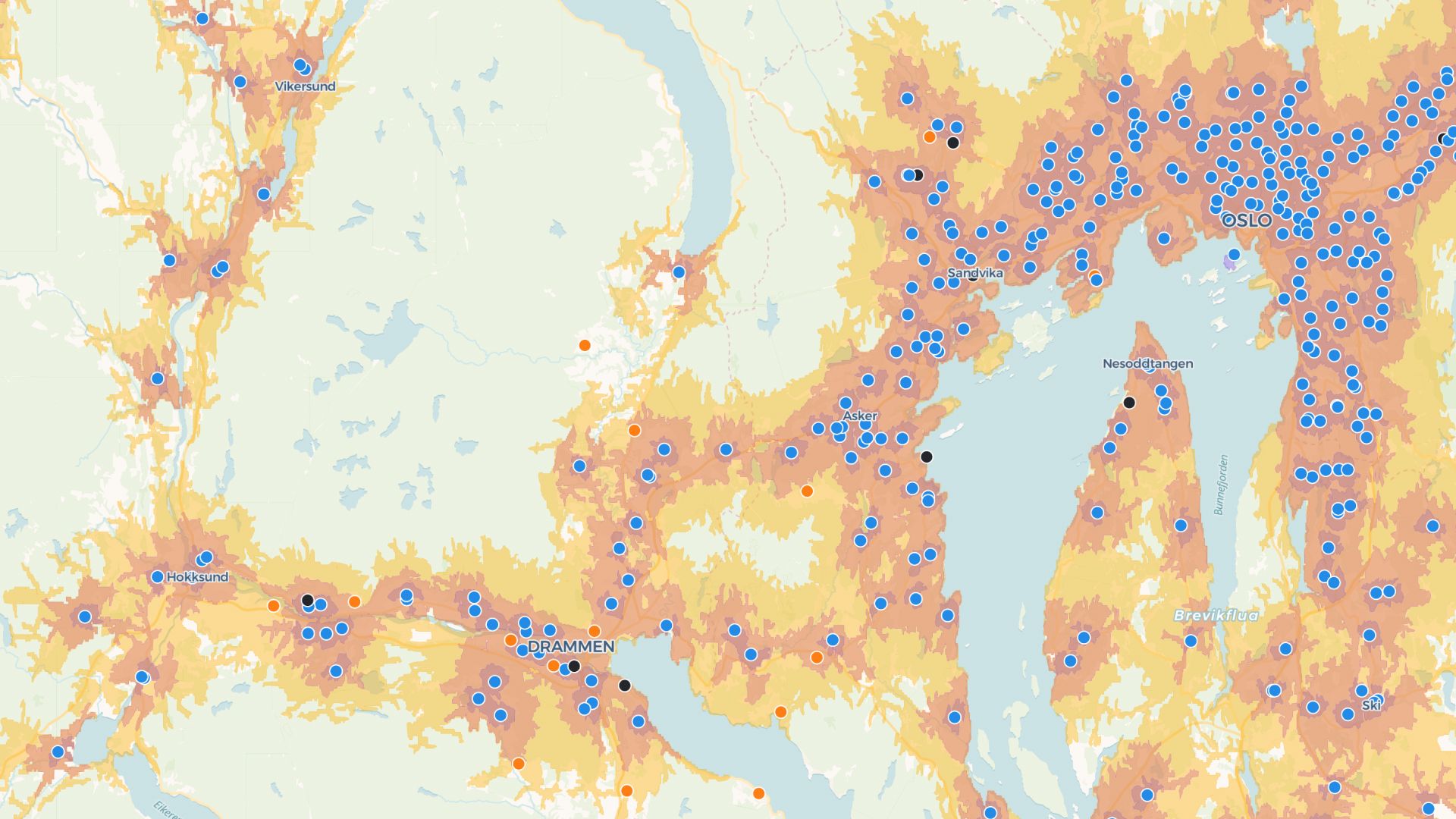Customizing map styles is a vital part of GIS work. Whether you’re creating a polished presentation or visualizing complex data, the right styling tools can make your maps more impactful. Two leading GIS platforms, Atlas and QGIS, approach map styling differently, catering to different user needs.
This article compares the customization capabilities of Atlas and QGIS to help you decide which platform suits your map styling needs.
Overview of Atlas and QGIS Styling Tools
Atlas simplifies map styling with an intuitive interface, pre-designed templates, and quick access to customization features. It’s designed for users who want to create visually appealing maps without diving into technical details.

QGIS offers highly advanced styling capabilities. Users can apply detailed settings to control every aspect of their map design. However, this flexibility requires a steeper learning curve and more technical expertise.

Ease of Use for Styling Maps
Atlas: Beginner-Friendly and Intuitive
Atlas makes styling maps quick and straightforward. Its drag-and-drop interface and pre-built templates allow users to:
- Change colors, symbols, and layers with a few clicks.
- Use pre-designed templates for consistent and professional styling.
- Focus on the map’s message rather than getting bogged down by technical details.
Atlas prioritizes simplicity, enabling even non-GIS professionals to create attractive maps.
QGIS: Advanced but Complex
QGIS provides deep customization options but can overwhelm beginners. Users must navigate complex menus and tools to achieve desired results, which can take time to master.
With QGIS, you can:
- Customize every layer with precise controls for color, size, and opacity.
- Use rule-based styling to define conditions for map features.
- Apply advanced symbology, such as heatmaps or 3D rendering.
Which Is Better?
If you’re looking for simplicity and speed, Atlas is the better choice. For those with technical skills who need detailed customization, QGIS stands out.
Pre-Built Templates and Themes
Atlas: Ready-to-Use Templates
Atlas offers pre-built templates that help users create polished maps quickly. These themes are ideal for:
- Highlighting key data points with minimal effort.
- Maintaining consistent styles across multiple projects.
- Quickly adapting maps for presentations or reports.
QGIS: No Pre-Built Themes
QGIS does not include ready-to-use templates. Instead, users have full control over creating and saving custom styles, which can be reused later. While this allows for more flexibility, it requires additional time and effort.
Which Is Better?
Atlas’s templates save time and effort, especially for users with tight deadlines. QGIS appeals to users who prefer building everything from scratch.
Layer Customization
Atlas: Simplified Layer Styling
Atlas provides user-friendly tools to customize layers. Users can:
- Adjust colors, shapes, and labels with a straightforward interface.
- Add pop-ups or annotations for additional context.
- Layer multiple datasets seamlessly to visualize complex information.
QGIS: Precision Layer Control
QGIS offers unparalleled control over layer styling. Features include:
- Rule-Based Styling: Create complex visual rules based on data attributes.
- Blending Modes: Combine layers creatively for unique effects.
- Symbol Libraries: Access extensive libraries for advanced symbology.
Which Is Better?
For basic to moderate layer styling, Atlas is ideal. QGIS is better for advanced users who require precise and intricate controls.
Interactive Styling Features
Atlas: Easy Interactivity
Atlas allows users to add interactive elements to maps without coding. Features include:
- Clickable pop-ups with detailed information.
- Embedded maps that retain interactivity on websites or dashboards.
- User-friendly tools for adding animations or transitions.
QGIS: Plugin-Dependent
Interactive styling in QGIS requires additional plugins or custom scripting. While this adds flexibility, it can be time-intensive for users unfamiliar with coding.
Which Is Better?
Atlas wins for easy-to-use interactive map styling. QGIS is suitable for advanced users needing highly customized interactivity.
Styling for Specific Use Cases
Atlas: Fast and Polished
Atlas is perfect for users needing fast, visually appealing maps, such as:
- Business presentations.
- Team projects requiring consistent visual standards.
- Public-facing maps embedded in websites or reports.
QGIS: Tailored and Detailed
QGIS is ideal for professionals requiring deep control, such as:
- Scientific research requiring specific visualizations.
- Urban planning with detailed zoning or land-use maps.
- Cartography projects demanding unique map designs.
Final Thoughts: Which Should You Choose for Map Styling?
| Feature | Atlas | QGIS |
|---|---|---|
| Ease of Use | Beginner-friendly, intuitive interface | Advanced, steep learning curve |
| Templates and Themes | Pre-built, ready-to-use | Custom-built, user-defined |
| Layer Customization | Simplified for quick edits | Detailed, rule-based precision |
| Interactivity | Easy, no coding required | Plugin-dependent, custom scripting |
| Specific Use Cases | Business, presentations, public maps | Research, planning, advanced cartography |
Choose Atlas If:
- You need a tool that is quick to learn and use.
- Pre-built templates and user-friendly tools are your priority.
- Your focus is on creating polished, interactive maps efficiently.
Choose QGIS If:
- You require precise control over every aspect of your map.
- Your projects involve highly specialized visualizations.
- You’re comfortable with advanced GIS workflows and scripting.
Styling maps your way is easier than ever with tools like Atlas and QGIS. For simplicity and speed, Atlas is the way to go. For deep, intricate customization, QGIS delivers unparalleled flexibility. Pick the one that aligns with your project needs and expertise.





